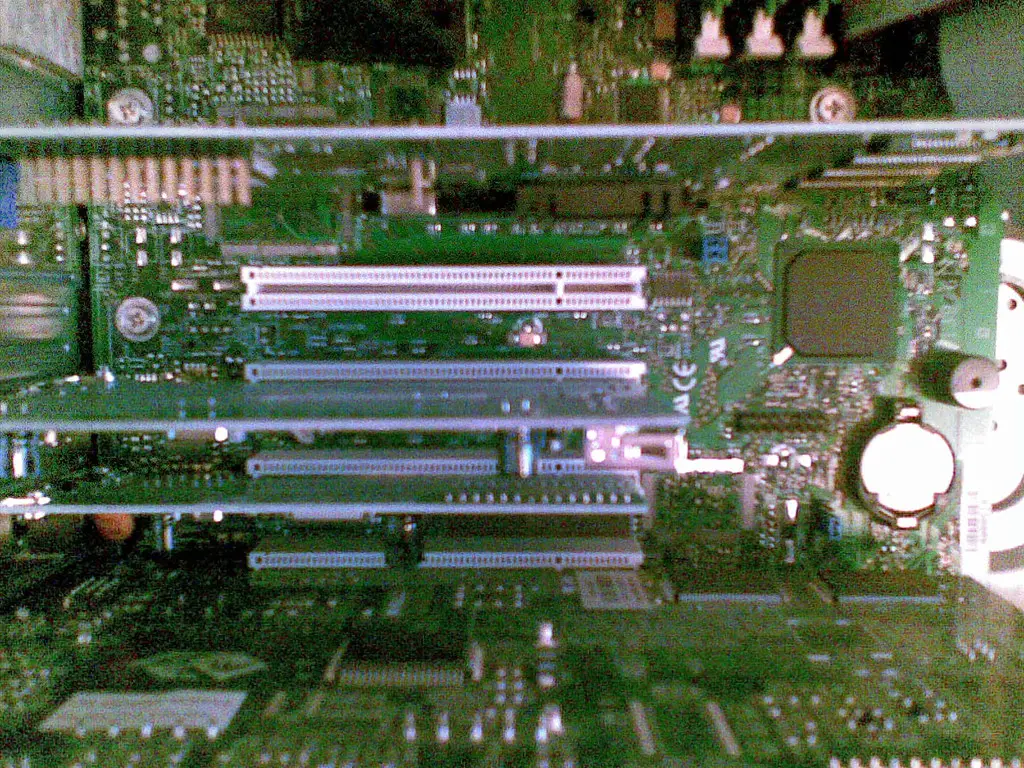In the sprawling digital age, where connectivity is no longer a luxury but a necessity, measuring internet performance is a crucial aspect of ensuring a seamless and robust online experience. From the everyday user streaming their favorite show to the network analyst troubleshooting an enterprise system, understanding the metrics that dictate internet quality is indispensable. This post provides an intricate comparison of traditional methods like ping, jitter, and latency against modern approaches such as throughput, packet loss, and Mean Opinion Score (MOS) in measuring different aspects of internet performance.

The Nuts and Bolts of Internet Measurement
The traditional trio of ping, jitter, and latency offers a snapshot of a network’s responsiveness and speed. Ping, the time it takes for a small data packet to reach its destination and back, is often used to diagnose network problems. Jitter, the variation in ping times, can indicate the stability of a network connection—the lower the jitter, the more stable the connection. Latency, a familiar term to gamers and video-call aficionados, is the delay between an action and a reaction in online activities. These measures are the bedrock of gauging internet performance but come with their own set of limitations in the modern, multimedia-driven digital landscape.
On the other hand, modern methods like throughput, packet loss, and MOS Scores are more attuned to high-bandwidth activities. Throughput measures how much data can be transferred in a given amount of time, giving a broader picture of a network’s capacity. Packet loss, the percentage of data packets lost during transmission, is crucial for ensuring the integrity of data flows across the internet. MOS Scores, commonly used for voice over IP (VoIP) and streaming media, provide a subjective evaluation of call quality based on a listener’s experience. These newer metrics cater to the increasingly complex internet usage scenarios, where a delay or glitch can perturb the user experience.
Advantages and Limitations of Each Metric
In a head-to-head comparison, traditional methods are lauded for their simplicity and broad applicability but can be deemed less accurate when it comes to high-volume data transfers. They are less invasive in terms of resource consumption, making them ideal for basic network diagnostic tests. However, in high-demand situations, like during a live video broadcast, these metrics fall short of providing a complete understanding of real-time performance.
Modern methods, on the other hand, are relentless in their granular analysis, offering detailed insights into internet performance. Throughput, while not a standard measure, is versatile and can adapt to various internet activities. Packet loss, although simple in definition, can be complex in diagnosis due to the number of potential causes. MOS Scores, being somewhat subjective, rely on algorithms and user reviews, making them effective for applications where user experience is paramount.
Real-World Applications and Use Cases
For a typical household, the ping and latency might be casually monitored for online gaming or virtual team meetings, emphasizing the real-time nature of interactions. Conversely, a business might prioritize throughput and packet loss for more data-intensive operations and to forecast network investment requirements. Industries using continuous data streaming, such as IoT or telemedicine, need consistent throughput and minimal packet loss, putting modern metrics at the forefront of their analytics.
Internet Service Providers (ISPs) use a mix of these measures to assess their network’s traffic and performance. They rely on throughput for service level agreements, jitter for real-time application support, and packet loss for network congestion management.
Surfing to the Future: Emerging Trends in Internet Measurement
As technology evolves, so do the methods for measuring it. With the burgeoning adoption of 5G and the proliferation of IoT devices, new approaches are needed to handle the ensuing data tidal wave. ‘Smart’ methodologies are being developed that utilize AI and machine learning to predict and prevent network failures. The integration of these smart algorithms into everyday devices and systems will significantly impact the way we monitor and measure internet performance.
Software-defined networking (SDN) and network function virtualization (NFV) are also set to revolutionize network management by decoupling the control and data planes, thereby creating more agile and scalable networks. These disruptive technologies promise to redefine the benchmarks for internet performance, demanding a reevaluation of measurement criteria and methodologies.

Conclusion: The Path Forward
The comparison between traditional and modern internet measurement methods reveals a dynamic interplay between necessity and innovation. What is evident from this exploration is the non-static nature of internet measurement; as our digital environment grows more complex, the tools we use to gauge its performance must adapt and evolve.
For now, the combination of traditional and modern methods seems to provide a comprehensive view of internet performance across various scenarios. In the future, as we march forward into a world where smart technologies and AI rule the roost, these comparison points will serve as guiding stars in redefining the benchmarks for internet performance and reliability. Whether you are a casual user streaming music or a network professional managing global operations, the marvels of the internet will continue to be underpinned by the invisible measuring tape of its own making—an enduring pursuit for a connected and efficient world.

Leave a Reply